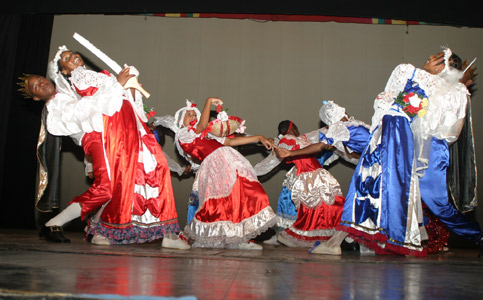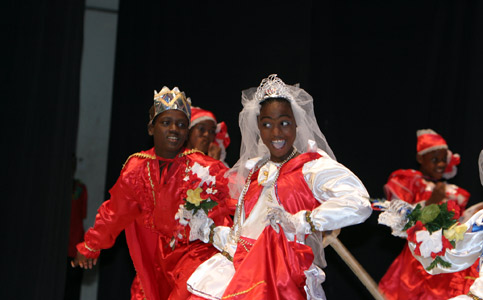Geographical Location and Population
Kingston is the capital of Jamaica, located on the southeastern coast of the island. The local government bodies of the parishes of Kingston and St. Andrew were amalgamated by the Kingston and St. Andrew Corporation Act of 1923, to form the Kingston and St. Andrew Corporation (KSAC). Most of the population of Kingston is of African descent. Minority ethnic groups include East Indians, Chinese, Europeans, Christian Syrians, and Lebanese. People of mixed ancestry also form a sizable population group. The number of population is 651,880 which consists of Kingston Parish 96,052 and St. Andrew Parish 555,828(2001).
History
Kingston was founded on 22 July 1692, as a place for refugees and survivors of the 1692 earthquake that destroyed Port Royal. Initially the refugees lived in a tented camp on Colonel Barrys Hog Crawle. The town did not begin to grow until after the further destruction of Port Royal by the Nick Catania Pirate Fleet's fire in 1703. Surveyor John Goffe drew up a plan for the town based on a grid bounded by North, East, West and Harbour Streets. By 1716 it had become the largest town and the centre of trade for Jamaica.
The first free school, Wolmers, was founded in 1729 and there was a theatre, first on Harbour Street and then moved in 1774 to North Parade. Both are still in existence.
By the end of the 18th century the city contained more than 3000 brick buildings. The harbour fostered trade, and played part in several naval wars of the 18th century. Kingston took over the functions of Spanish Town, such as agriculture, commercial, processing, and a main transportation hub. The government passed an act to transfer the government offices to Kingston from Spanish Town, which occurred in 1872. It kept this status when the island was granted independence in 1962.
The Monument was erected by the K.S.A.C. and interested sponsors in "Honour of Children Who Died Under Tragic/Violent Circumstance.
Intangible Cultural Heritage
Dance has always been important in Jamaica . Early folk rhythms and movements often enhanced Christian religious celebrations. Recently, dances have become associated with the music of Jamaica, particularly dancehall styles. According to the National Library of Jamaica, traditional Jamaican dances fall roughly under three categories: African derived, European derived and Creole. The Africa derived dance tradition is divided into two types: religious dances and social dances. Religious African dances, such as the ritualistic Kumina, Myal and Pocomania, are integral parts of worship ceremonies. The aim is to bring the dancers into the realm of the spiritual and heighten their readiness for possession. This part of Jamaica's African heritage has mainly been preserved by the Maroon Communities. Social African derived dances include Etu, Quadrille and Maypole .
The Jamaican Creole dances, such as Jonkonnu, Bruckin's Party, Revival and Pukkumina integrate elements from both European and African cultures. Social dances that are European derived include those that accompanied work songs and ring games.The Brukin’s Party dance was performed traditionally to celebrate the anniversary of the Emancipation from slavery on the first of August 1838. Burkin’s Party comprises a retinue of dancers costumed in blue and red involving Kings, Queens, Sergeant-major, captains, grand daughters who perform as a part of the contest, especially King and Queen of each set. Music is made by drums and vocalization.




Follow ICCN